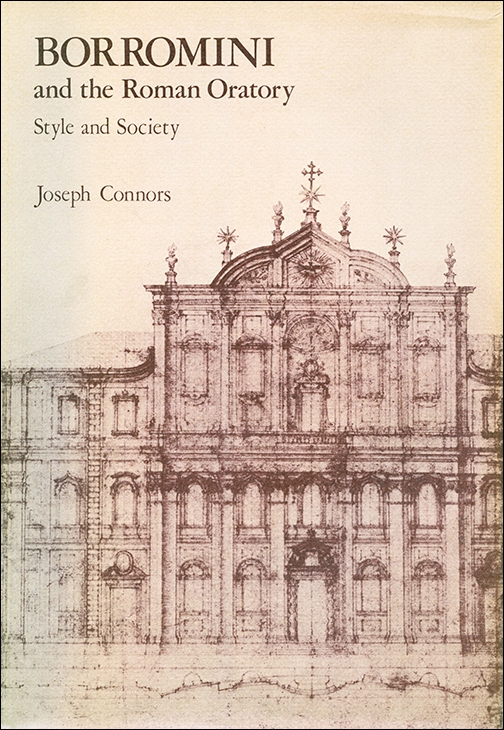 Borromini and the Roman Oratory: Style and Society by Joseph Connors, 112 pages
Borromini and the Roman Oratory: Style and Society by Joseph Connors, 112 pages
The construction of a new complex to house the followers of St Philip Neri began even before the saint's death in 1595, but the main work did not take place until some four decades later. At that time, the Oratorians hired a then-unknown young architect, Francesco Borromini, to complete the design. Borromini not only faced the difficulties of integrating his own ideas into the previous plans and the work that had already been completed, but also a struggle between the Oratorians' desire for modesty and his own stylistic exuberance, the latter only heightened by his youthful desire to distinguish himself. Distinguish himself he did, and the Oratory, particularly its famous facade, is still admired as a masterpiece of Baroque architecture.
Connors documents the development of the Oratory project through a detailed exploration of the available sources. In his telling, the development of the Oratory is revealed, not as a static act of creation on an inert object, but as a dialogue between the buildings and the people who lived, worked, and prayed within them, shaping and being shaped by one another, and between the complex and the city surrounding it, and, ultimately, between matter and spirit.
No comments:
Post a Comment